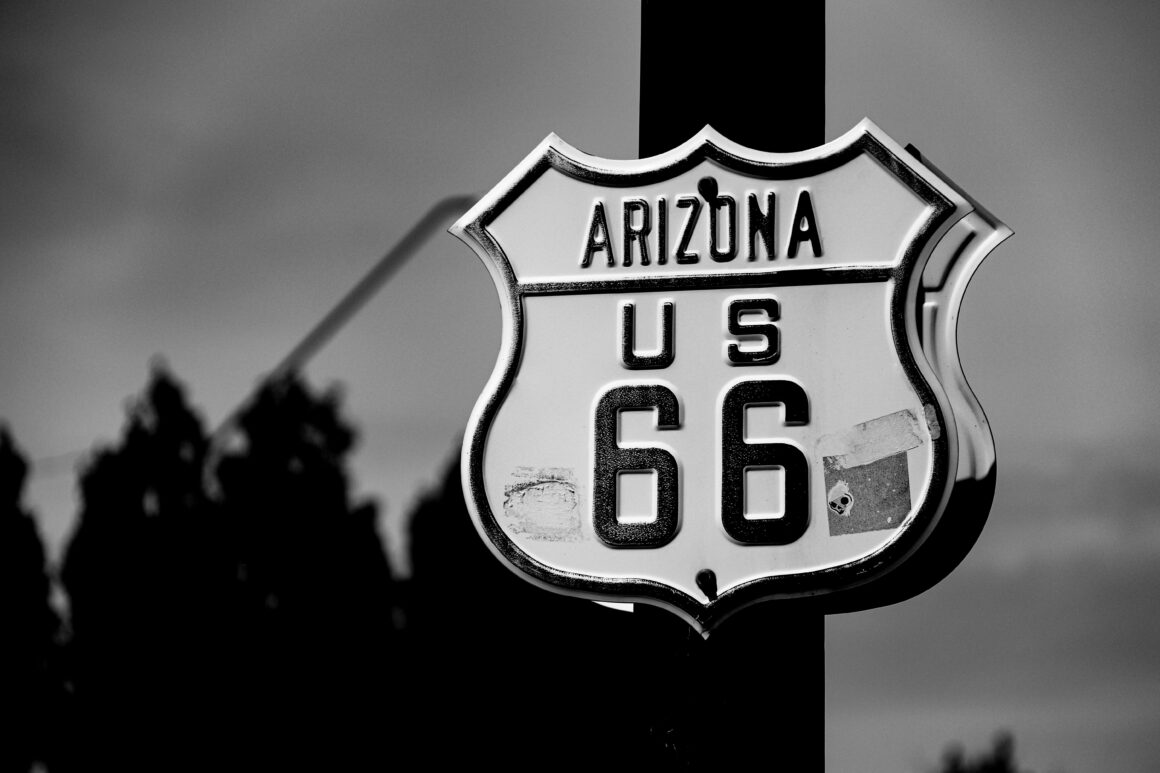Many up and coming cities around the world are seeing a rise in newer upscale neighborhoods. The parts of town that were considered dangerous or “ghetto” now home to upscale eateries, art galleries, and speakeasies. We enjoy these new neighborhoods for their Instagrammable scenery and vegan options without thinking about the impact that the “revitalization” of these neighborhoods had on the lives of the lesser privileged who used to live there, who had to be pushed out of the neighborhood in order for you to want to enjoy your overpriced coffee.
Gentrification is the “revival” of certain neighborhoods to accommodate the more affluent prospective residents and tourists. In order for this to happen, the less wealthy are pushed out. Property taxes get raised to the point of families not being able to afford them. They get evicted and thrown out of their homes, which will most likely end up being flipped and sold for a much higher value. Between 2009 and 2013, Coconut Grove, a Miami neighborhood, had a median home value estimated to have gone up by 151%, according to a 2000 Census. This is great news for investors, but terrible news for residents with lower incomes who will struggle to be able to keep up with the rise in the cost of living. The practice of gentrification is understandably controversial but undeniably classist. On one hand, neighborhoods become safer and cleaner. Children can play on the street without the risk of pricking their finger with a heroin needle or joining a street gang by the time they become a little older than tweens; but this doesn’t actually fix those problems, it only pushes them further away.
The thing about gentrification is, it affects people slowly at first. People from gentrified neighborhoods slowly see that the places they frequent get demolished replaced with frozen yogurt shops. The Laundromat gets demolished, they don’t have in-unit laundry and the nearest Laundromat is now three miles farther away from home. The things we take for granted, such as clean clothing are so much harder to obtain. Residents notice that, yes there are fewer people loitering on the street corners, but their routines have to be accommodated for tourists and teens that wanted to leave the house for a day. Even the people purchasing properties in “up and coming” neighborhoods aren’t there to stay. Celine De Paz is a realtor who says, “Generally, I don’t think that people really buy [properties in up and coming neighborhoods] to live there. They buy property because they think the value will increase in the future.” To investors, these properties are a footnote in their business, but for residents, every investment is a change to their very livelihoods. These investors start making visible changes to the neighborhoods. Eventually, the local culture of the neighborhood slowly becomes erased and replaced with the bourgeoisie and the trendy.
In Miami, a prime example of this type of neighborhood is Wynwood. Ten years ago, the place was virtually unrecognizable. Now, it is a tourist hotspot.
I really enjoy visiting Wynwood and its art galleries, and I won’t pretend that I haven’t taken advantage of this practice. However, I can’t help but feel guilty when I remember that ‘Panther Coffee’ was probably at one time an inner-city day care center or a Dominican barber. I am contributing to a practice I don’t agree with. I know that I benefit directly from it, but it’s still wrong and we need to at least admit this to ourselves and count our privileges. I don’t live in those neighborhoods, but I’ve contributed to their change.



